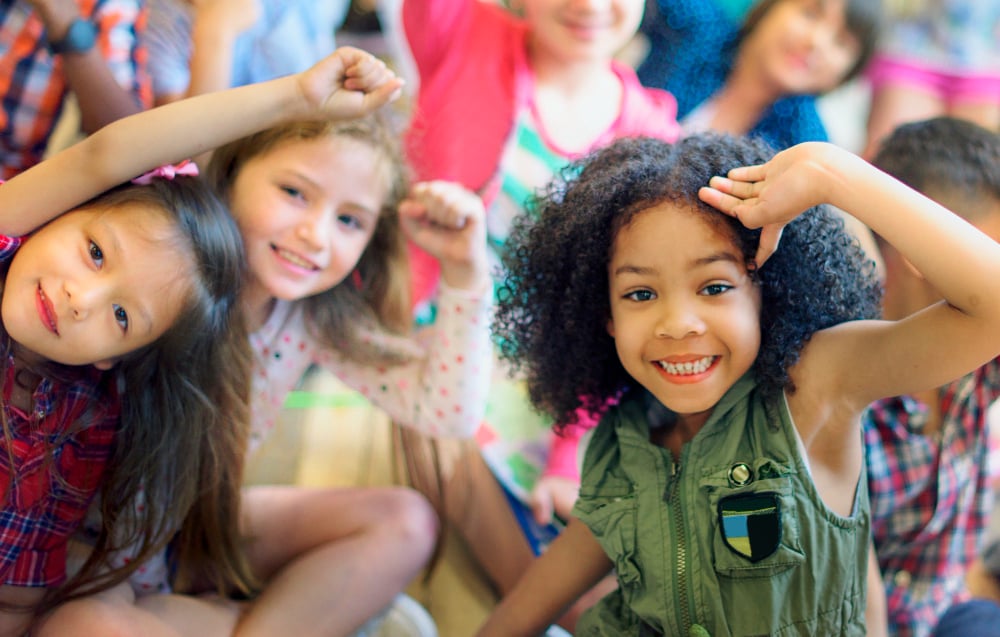Culturally Responsive Teaching
Culturally responsive teaching isn't just a buzzword - it's a necessary approach for creating an inclusive classroom environment. What exactly is culturally responsive teaching, and what are some practical ways to implement it? Let's take a closer look.
Understanding Culturally Responsive Teaching.
Culturally responsive teaching recognizes the significance of taking into account a child's cultural experiences and background when creating the classroom environment and designing activities. It entails creating a learning environment that is secure, inclusive, and where children feel valued and respected. Educators will have children in their classrooms that come from a variety of cultural backgrounds with distinct values and beliefs. In order to create an engaging learning environment in which all children can see themselves reflected in the curriculum, educators who employ culturally responsive teaching strategies incorporate cultural elements into their teaching.
Creating Inclusive Learning Spaces with Culturally Responsive Teaching.
Inclusion is one of the primary advantages of employing culturally responsive teaching in the classroom. Educators can create a safe and welcoming learning environment where children feel valued and respected by recognizing and respecting their cultural backgrounds. Building an inclusive learning environment includes incorporating diverse texts and narratives, celebrating cultural holidays, inviting guest speakers from various cultures, and providing materials that are reflective of a child's home environment. Every child should have the opportunity to see themselves reflected in the curriculum and to feel like they are an important part of the learning community.
Benefits of Culturally Responsive Teaching.
Both children and teachers benefit greatly from culturally responsive instruction. This method helps teachers better connect and communicate with children creating lasting secure relationships. Additionally, teachers learn to recognize and address their own biases as they become more aware of the biases they may bring into the classroom. Teaching that is culturally sensitive can help children succeed academically, more fully engage in learning, and feel like they belong in the classroom. Throughout their educational journey, this strategy assists all students in feeling valued, heard, and seen.
Best Practices
It can initially be difficult to implement culturally responsive teaching in the classroom. So here are some best practices that can make it simpler for you. Getting to know the children and families in the program and their backgrounds is essential. You can gain a better understanding of where they come from and how to connect with them by researching cultural norms and practices. Diverse literature, media, and curriculum resources can also contribute to a more inclusive learning environment. Lastly, promoting cultural acceptance and understanding is accomplished through modeling for young children. Educators model appropriate behaviors and responses to others which supports children's positive interactions.
Interested in learning more ways to incorporate culturally responsive teaching practices in the early childhood education classroom? ChildCareEd offers a variety of training courses designed to help educators develop culturally sensitive classrooms. Look below for just a few examples and then visit our website to see a full listing of available courses.
- 45 Hour Preschool Methods and Materials
- CDA Subject Area 3
- Professional Partnerships & Practices
- Building Bridges for Dual Language Learners
- Strength in Differences: Cultural Diversity
- From Tantrums to Triumphs: Equipping Preschoolers with Self-Regulation Skills
- Family Voices Matter: Tools for Meaningful Collaboration
- Bridging Cultures: Family Communication & Collaboration
- Lesson Planning for Infants and Toddlers
- Cultural Competence in Early Childhood Education
- Childcare training
- Culturally Responsive Teaching
- Promoting Diversity, Equity, and Inclusion in Child Care: A Guide to Culturally Responsive Teaching
- Celebrating Eid al-Fitr: Fostering Inclusivity in Childcare Education
- Every Child Matters: Practical Tips for a Safe and Inclusive Classroom
- Playdough Dreams: Play Goals for Tiny Humans in 2025
- Mastering DAP: Key Practices for Early Childhood Educators
- Strategies for Differentiating Instruction for Diverse Learners
- 🌈 All Learners, All Ways: Strategies for Differentiating Instruction in Early Childhood
- 🧠 What Shapes a Child’s Strength, Confidence, and Emotional Growth?
- 🌍 How Can Culture, Communication, and Collaboration Improve Child Assessment?
- How the Illinois ECE Content Areas Strengthen High-Quality Early Childhood Programs
- Introducing the New Illinois Gateways-Approved Training Bundles for Childcare Providers
- 🌎 How Do I Support Diverse Families While Honoring Their Culture and Values?💜